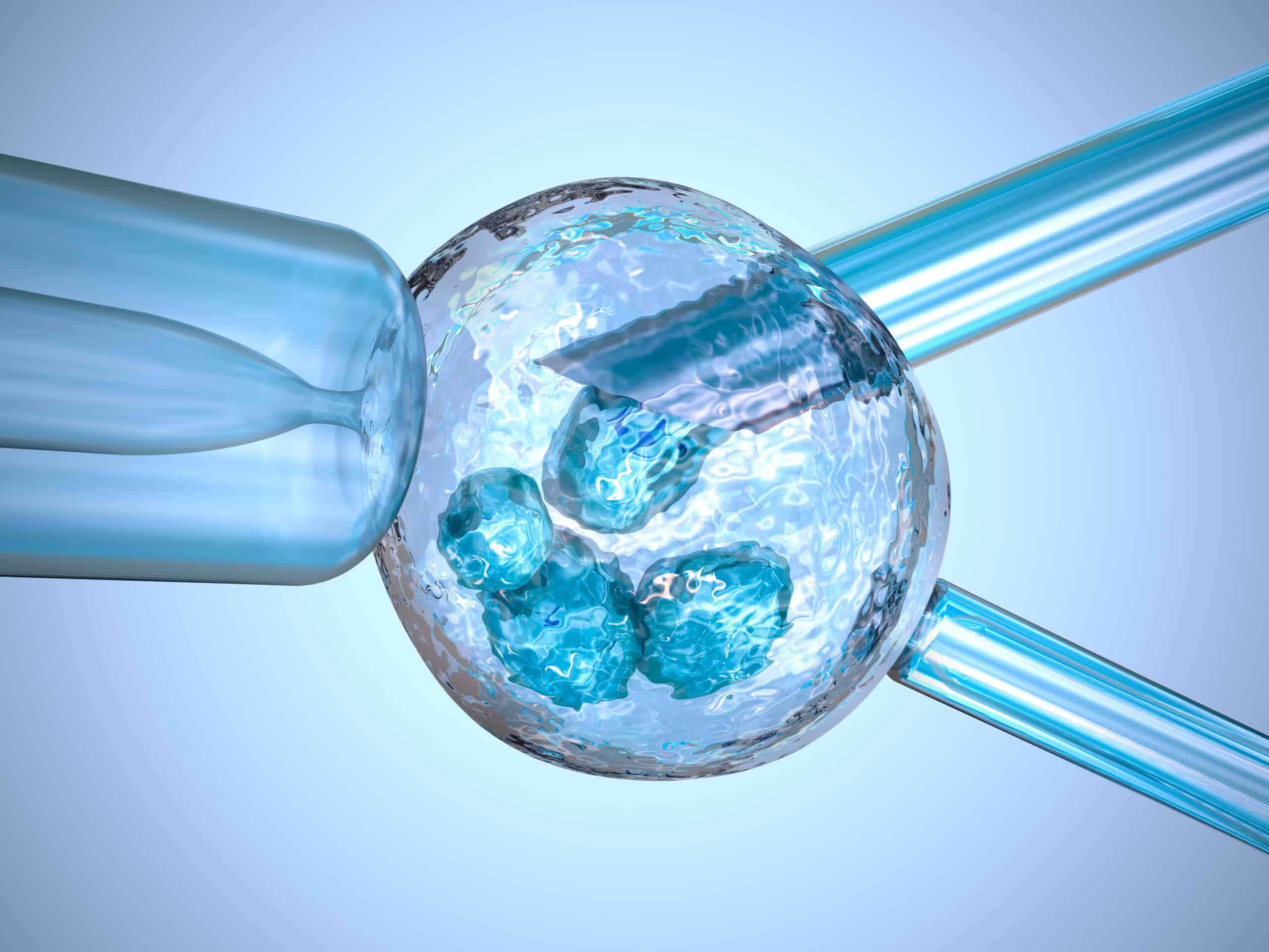Stem cells harvested from adults cells rather than embryos are less controversial and hold some promise for practical benefits as well such as lower chance of rejection by the immune system as they can be created from the patient’s very own cells. iPSCs are a versatile tool which is proving to be useful in modeling disease, screening drugs, and holds massive promise in the field of regenerative medicine.
Osaka and Cardiff Universities explored how iPSCs may be able to restore vision in humans. Using stem cells they were able to generate multiple cells lineages that resulted in tissues being implanted into the eyes of rabbits with induced corneal blindness which repaired the organ and restored their vision. “This demonstrates various types of human stem cells are able to take on characteristics of the cornea, lens, and retinas which paves the way for trials to explore the technology in humans.” according to Professor Andrew Quantock.
Kyoto University researchers explored the idea of using iPSCs to arrest the slide in decline of dopamine which hampers motor skills in those with Parkinson’s disease, using diseased monkey brains with cells converted into dopaminergic progenitors responsible for generating dopamine neurotransmitters. The research has gone so well they are now conducting human trials using the same technology; 7 Parkinson’s disease patients were given 5 million iPSC derived dopaminergic progenitors which were transplanted directly into their brains with a special device in hopes that it will curtail effects of the disease. The patients are being closely monitored and observed over the next two years.
University of Minnesota researchers have created a cutting edge technology wherein cells can be converted into neural stem cells, which can be mixed and matched with alternating layers of silicon scaffold to be used to grow new connections in the spine between the nerves that remain in spinal cord injury. In lab testing this technology was found to grow nerves and connect undamaged separated cells. Testing showed new neurons could be grown in an injury site, however the work is still a way off in doing so in numbers that would allow a paralyzed human to walk again. Even with that being said partial repairing of the spinal cord could still improve functions such as bladder control, avoid involuntary movement of limbs, and improve quality of life which is still plenty reason to be excited.
Washington University research has made a breakthrough with a method of converting iPSCs into beta cells which were tested by implanting into diabetic mice incapable of producing insulin on their own. The animals began secreting insulin on their own within days in quantities sufficient to control their own blood sugar levels which functionally cured their condition.
Following the successful trials on pigs in 2017 the Japanese government has recently approved the first ever trial on humans wherein iPSCs are being used to create sheets bearing millions of heart muscle cells which are then grafted onto the heart of human patients with heart disease. It is hoped with the help of growth factors these sheets will promote regeneration of damaged muscles and improve the function of the heart. This first of its kind trial involves 3 patients, if all goes well the team hopes to have a larger trial with 10 patients, followed by commercial availability of the technique if all goes according to plan.
There is no shortage of research into male pattern baldness, recently we are being shown how stem cells may play a role in hair revival, such as wherein scientists had converted iPSCs into epithelial stem cells which gave rise to hair follicle on the skin of immunodeficient mice. Another technique coaxed iPSCs into the form of dermal papilla cells which were transplanted into mice which triggered new hair growth. Research from the University of Southern California harvested skin cells from adults, molecular events behind their growth was examined and then replicated in iPSCs to grow new hair follicles in mice.
iPSCs are opening up a diverse array of exciting new medical possibilities. At only 13 years of discovery this very well is likely just the tip of the iceberg of many wonderful things to come. What a great time this could be for the future of the entire medical field and the possibility of regenerative medicine.




